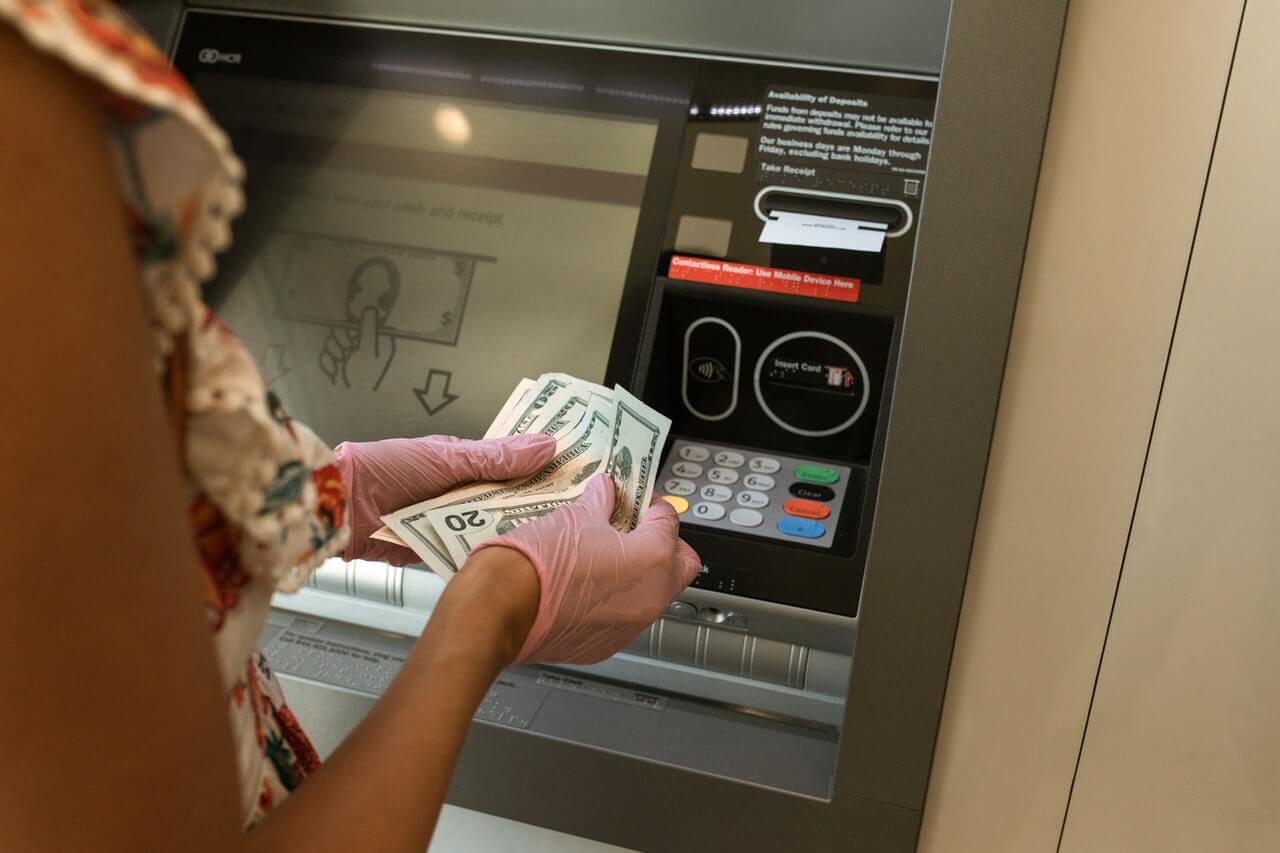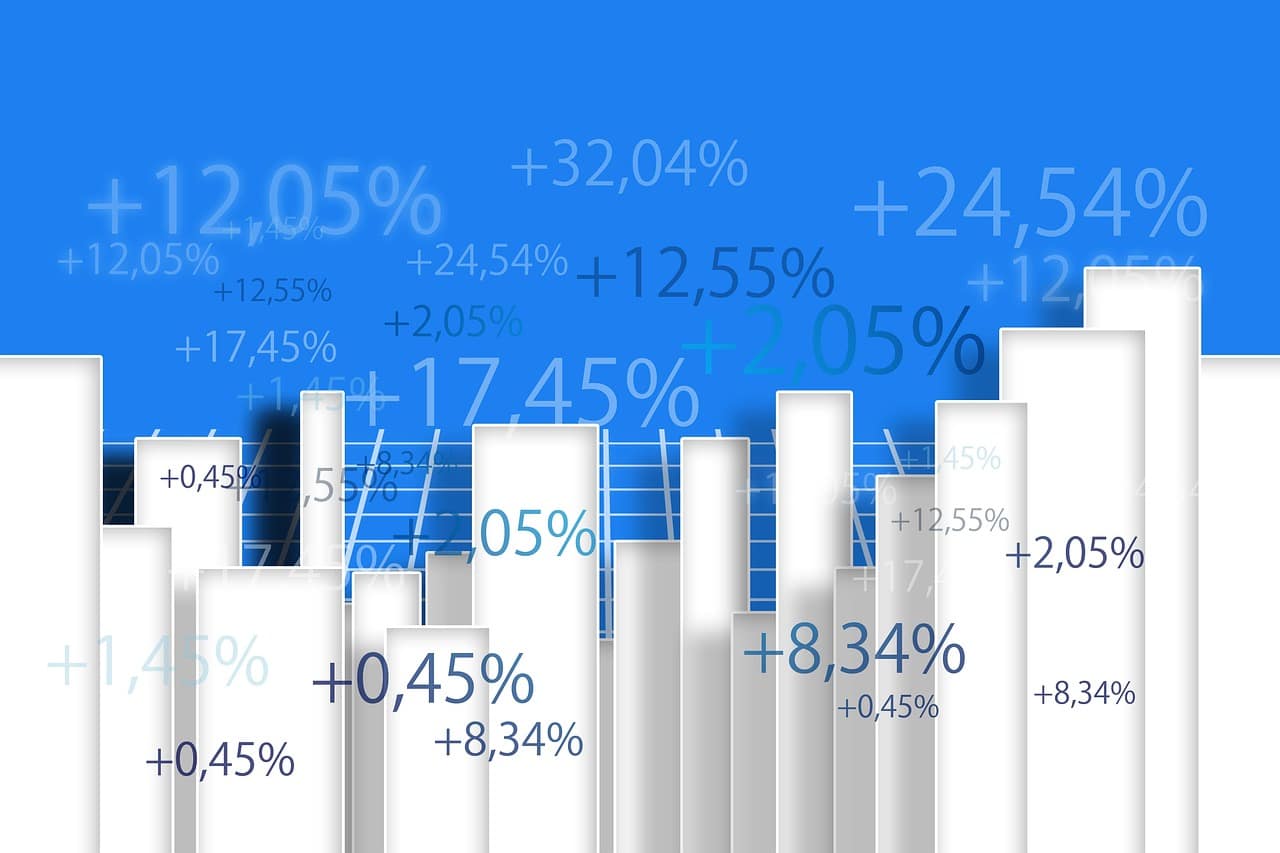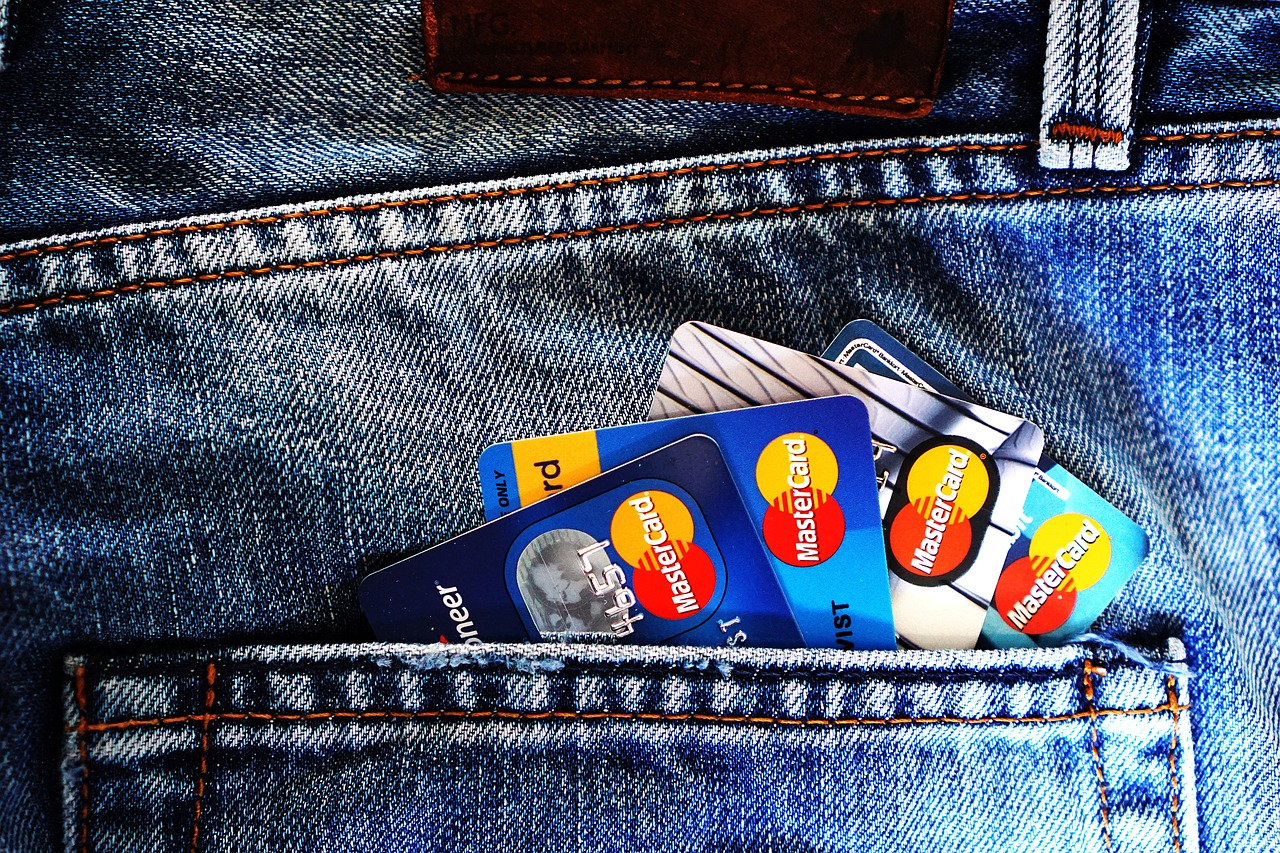In a best-case scenario, it’s best to keep a checking account balance of about two to three months’ worth of living expenses. That way, if you go through a financial emergency, you know you’ll have the immediate funds to get through it. According to SmartAsset, approximately 92% of Americans have a checking account.1
It’s essential to keep money secure in the bank for emergency expenses and satisfy minimum balance requirements. But you may wonder, “How much money should I keep in my checking account?”
If you want more information on savings or checking accounts, keep reading below to learn how to maintain the right balance for bank accounts.
What Is a Checking Account?
A checking account, also known as a transactional account, is an account with a financial institution, such as a retail bank or credit union, that allows you to deposit and withdraw money. Having a checking account is essential, as you can take advantage of online financial tools. For example, you may send or receive money electronically to your bank account, withdraw cash from ATMs, pay using a debit card or check, and more.
If you do not have a checking account, you miss out on several financial opportunities. If you need extra money this month, you may be ineligible for online loans or quick cash loans because many lenders require a bank account. Cash is typically sent via direct deposit. Without an account, you will be unable to receive your emergency cash.
How Much Money To Keep In a Checking Account
You need money in your checking account to pay bills and treat yourself. But how much is too much money to keep in a checking account? You may not want all your money to be held in the bank. The average checking account balance in the United States is $40,000, while the median household balance is $5,300.
It’s essential to consider a few factors to help you decide how much cash to keep readily available in your checking account.
Check Your Minimum Requirements
A minimum balance requirement is a monetary amount you need to have available in your financial account. For example, a bank may require a checking account balance of $50. You may keep as much cash as you want in your checking account, but you must not leave less than the minimum required.
The value of a minimum balance requirement varies. Some financial institutions do not impose minimum balance requirements, while others require customers to require minimums as high as $1,000 in their accounts. Check your bank’s website for information on checking account requirements.
Calculate Your Monthly Expenses
Ensure you have enough money in your checking account to cover all of your monthly bills. To accurately calculate how much money you need for expenses, you need to track your monthly payments.
There are various ways to keep track of how much money you withdraw from your checking account. You can use expense-tracking apps, spreadsheets, or a basic spending worksheet. Take a look at your past three bank statements to calculate the average amount you spend on variable expenses, such as gas.
You need to track two main types of expenses: necessary and desirable expenses.
Necessary Expenses
A necessary expense is a bill you cannot refuse to pay. A few examples of necessary costs include rent, groceries, gas, utilities, and debt payments. Most necessary expenses are fixed, so they are easy to track. However, you may have to calculate the average of variable costs, such as food, to know how much money to keep in the bank.
Desirable Expenses
A desirable expense is any cost that you do not need to make. For example, your monthly Netflix bill is a desirable expense. This financial category may be harder to assess since the amount of money you spend on entertainment and food varies per month. Calculating the average you spend on desirable expenses can only benefit you.
Establish an Emergency Fund
If you already have enough money in the bank to cover monthly expenses, consider a financial safety net. How much cash should you save? Financial experts advise that everyone keep at least two to three months of expenses in their checking or savings account. This money will tie you over when you face unpredictable life events.
What if I Don’t Keep Enough Money in My Checking Account?
Keeping money in checking accounts can help you secure it from theft. But there are financial consequences if not enough cash is held in your checking account. These are some penalty fees that financial institutions charge their customers when there are insufficient funds:
- Overdraft Fees — When more money than you actually have available in your checking account is withdrawn, you can expect an overdraft fee.
- NSF Fees — NSF is short for non-sufficient funds. Your bank will issue an NSF fee if you write a check or have an automatic payment withdrawn when there is insufficient money in your account. Nsf fees are also called returned-check charges.
- Late Fees — If you miss a payment because you do not have enough money in your bank, the creditor will likely charge a late fee.
- Dishonored payment fees — A dishonored payment fee is also referred to as a returned payment fee. You can expect this type of fee when there is not enough money in your bank account to cover the cost of a scheduled payment.
- Minimum Balance Fees — You can expect a minimum balance fee if your bank has minimum balance requirements.
How to Open a Checking Account
If you don’t yet have a checking account, it’s vitally important that you get one. A bank account keeps your money secure and allows you to conveniently handle your finances online.
Opening checking/bank accounts is easier than ever! You don’t even have to visit a local branch in person to open an account. You can complete the signup process entirely online. And if you have a low credit score, don’t worry! You can still open a bank account with bad credit!
Before applying for an account with a financial institution, it’s essential to consider your preferences. Every financial institution is unique. They all offer different services and charge different fees. For example, some financial institutions charge monthly fees for additional features. Consider your lifestyle and what benefits you want to take advantage of.
Some financial institutions require a minimum deposit. How much cash you need to keep in your account depends on the financial institution you choose to work with. Plenty of financial institutions do not impose a minimum deposit, so you can open an account with absolutely no money. If you open an account with a financial institution that requires a minimum deposit, consider how much money you have. Can you maintain that account balance?
Additional Information About Checking/Saving Accounts
| Criteria | Description | Recommendation |
| Loan Repayment | Amount dedicated monthly for repaying loans. | Keep at least one month of loan repayment amount in the account to avoid missed payments. |
| Automatic Payments | If there are automated loan repayments scheduled. | Ensure enough to cover automatic payments, preventing overdraft fees and penalties. |
| Variable Expenses | Expenses that fluctuate monthly (e.g., dining, entertainment) | Keep a buffer to cover variations in these expenses, ensuring sufficient funds for loan repayments. |
| Linked Accounts | If the checking account is linked to other accounts for overdraft protection. | Maintain a balance that considers the linked accounts’ balances to avoid triggering overdraft protection. |
| Frequency of Income | How often income is deposited into the account. | Adjust the balance based on income frequency to ensure enough funds are available for loan repayments. |
| Emergency Loan Payments | Extra funds in case of unforeseen circumstances affecting loan repayment ability. | Keep a reserve to cover at least one extra loan payment. |
| Interest Rates | Interest rates on loans compared to interest earned in checking. | If loan interest is high, consider keeping less in checking and paying off loans faster. |
| Loan Type | Types of loans (e.g., personal, mortgage, auto). | Tailor the balance based on the nature and urgency of each loan type. |
| Budget Adjustments | Flexibility to adjust budget for loan repayments. | Keep a balance that allows for adjustments in loan repayments without affecting other expenses. |
| Financial Goals | Short and long-term financial objectives. | Balance should align with goals, ensuring that maintaining the balance doesn’t hinder achieving goals. |
FAQ: How Much To Keep in Checking Accounts
Yes, some bank accounts contribute interest on the money you have in the account. However, the interest rates on checking accounts are typically lower compared to savings or investment accounts.
Checking and savings accounts are fundamental components in personal finance. A checking account is used for daily transactions, while a savings account is more suitable for storing money and earning interest over time.
Monthly maintenance fees can reduce the balance of your checking account. It’s essential to be aware of any fees that your bank charges and try to maintain the required balance to avoid these fees.
Yes, you can link your checking account to your credit card for purchases and payments. It allows for a seamless transaction process and helps in managing expenses directly.
Maintaining a balance that covers your living expenses in your checking account ensures that you can manage monthly bills, emergencies, and other unexpected costs effectively.
It’s generally not advisable to keep money meant for investment accounts in a checking account. Money in a checking account doesn’t grow much, while investment accounts offer higher returns over time.
Yes, you can directly transfer money from your checking account to a retirement account. This facilitates easy and consistent contributions to your retirement savings.
Financial institutions contribute interest on some checking/bank accounts, but the rates are usually lower. Conversely, you might also have to contribute interest if you overdraft your account beyond any linked savings or overdraft protection.
Investment accounts typically offer higher returns compared to checking accounts. Checking accounts are more for convenience in daily transactions, while investment accounts are focused on long-term growth.
Consider your financial goals, liquidity needs, and risk tolerance. Money needed in the short term should be kept in a checking account, while funds for long-term goals can be placed in an investment account for potentially higher returns.
High-yield savings accounts are a type of savings account that typically offers higher interest rates compared to a traditional savings account. Banks and financial institutions offer high-yield savings accounts as an incentive for individuals to save more money. The interest earned on a high-yield savings account is compounded more frequently, allowing your savings to grow at a faster rate.
There are a few pros and cons of a savings account like a high-yield savings account, such as:
PRO:
- These accounts are a secure way to save money while earning a competitive interest rate, making them an attractive option for individuals looking to maximize their savings.
CON:
- High-yield savings accounts may come with certain requirements, such as minimum balance thresholds and limited transactions, so it’s essential to understand the terms and conditions before opening one.
A Word From CreditNinja About How Much Money To Keep in a Bank Account
While you can never have too much money in your checking account, it’s important to at least keep enough to cover your automatic payments and other expenses. If you need some extra money for your bank account, CreditNinja suggests tips like:
- Get a temporary part-time job
- Have a garage sale
- Sell some unwanted items online
- Invest or get an additional stream of income
Furthermore, if you ever run into a financial emergency and need immediate cash, you can always try a personal loan with the help of CreditNinja!
References:
- What Is the Average Checking Account Balance in the U.S.? | SmartAsset
- How Much Money Should You Keep in Checking and Savings? | Experian
- Guide to Checking Accounts | Experian
- What Is the Average Bank Account Balance? | The Balance
- How to Choose a Bank | Investopedia
Sarah is a Digital Content Writer for CreditNinja with more than 8 years experience in writing about financial current events, a wide variety of lending products, credit scores, and more. Sarah is dedicated to informing inquiring readers about core financial topics. Currently, Sarah is a participant in the American Bankers Association® Frontline Compliance program and has certificates in over 20 courses. Sarah received her bachelor’s degree as an English major with a concentration in Creative Writing. She enjoys writing about finance education, spending time with her dog and cat, and reading in her spare time. Areas of Focus: Personal Finance Education, Financial Literacy, Editing, Copywriting, Epic Fantasy Books







